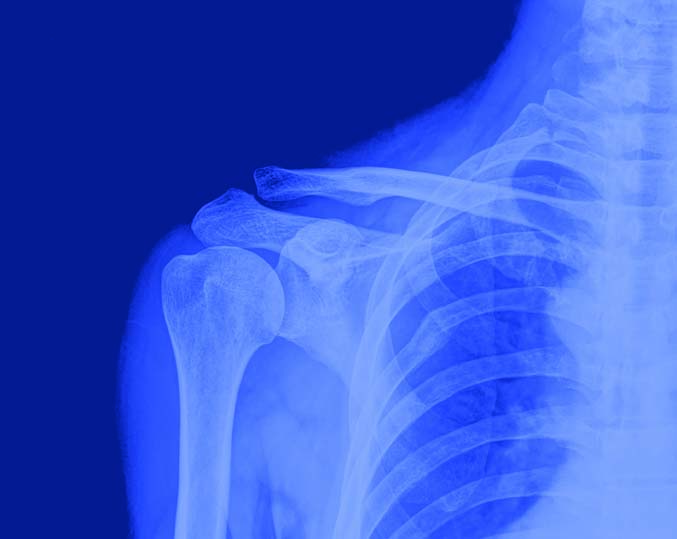Many conditions can affect a patient’s mobility. Some might require simple rest. Others will only improve through rehabilitative exercises. More significant conditions — like a dislocated knee — will require surgery.
Whatever the case, orthopaedic surgeons rely on a number of different products to help restore the functionality of the musculoskeletal system. The development, manufacturing, and distribution of orthopaedic healthcare equipment is an ever-growing field, meeting the demand put forth by patients.
In order to appropriately equip an orthopaedic specialist’s office, it’s important that you understand what makes up the musculoskeletal system, common conditions that specialists treat, and the tools they require to provide excellent patient care.
Musculoskeletal system explained
The musculoskeletal system is made up of many parts that work cohesively to support movement. This includes bones, muscles, tendons, ligaments, and soft tissues. Not only do these components help you walk, run, and jump, they also come together to provide a framework for the rest of your organs and tissues.
It goes without saying that the health of your musculoskeletal system is very important. Unfortunately, a wide range of diseases and conditions can affect your bones, muscles, and ligaments. The natural process of ageing also plays a part.
While patients may be able to put up with some level of discomfort, any ongoing conditions should be assessed and treated by a medical professional.
Common musculoskeletal conditions
Conditions that orthopaedic specialists often find themselves diagnosing include:
?Arthritis: An umbrella term for a number of different conditions, all characterised by inflammation and swelling of the joints. Some forms of arthritis occur from natural wear and tear (like osteoarthritis) while others are believed to be autoimmune diseases.
?Broken and fractured bones: Very common, particularly among young children, broken and fractured bones usually require surgery and a period of rehabilitation.
?Dislocations: Our body contains a handful of ball and socket joints — the hip and shoulder. Alongside the knee, which is a hinge joint, these points at which two or more bones meet are susceptible to dislocation. When this happens, a joint replacement may be required. General wear and tear can also lead to a partial or complete joint replacement.
?Soft tissue sprains, strains, tears: Particularly common among athletes, soft tissue injuries can range in severity. Some may require a few weeks on the sidelines whilst more serious cases can call for surgery.
Orthopaedic instruments
What type of orthopaedic healthcare equipment and supplies your clinician requires will depend on the type of facility you manage. Before speaking directly to them about it, here’s a quick overview of some of the most common products:
Operating room products: Any type of surgery, no matter how big or small, requires operating room products. These can include everything from personal protective equipment to skin adhesives. Sterile tourniquets, patient support systems, and sterile drapes for C-arms also fall under this category.
Instead of purchasing individual items, it can be worth investing in procedural kits. These kits can be custom designed to include all of the surgical and operating products required for any type of procedure. Not only will these kits help clinicians feel confident that everything they need is at their disposal, they will also streamline inventory management.
Surgical tools: In addition to general operating room products, orthopaedic surgeons may require specialist powered surgical tools, including shavers, drills, and saws. After all, bone is fairly strong!
Pain management products: If you’ve ever broken a bone, you understand how painful musculoskeletal injuries can be. Operations to fix these conditions can also cause pain throughout the rehabilitation process, which is why pain management systems are so important in an orthopaedic setting.
Infection control: All medical environments need to have appropriate measures in place to reduce the risk of cross-contamination and infection. This is particularly true for clinicians who are performing surgical operations, where invasive infections can occur.
There are plenty of other general healthcare equipment and technologies that orthopaedic clinicians rely on to provide quality patient care. To better understand these and how you can meet the demands of specialists, it’s a good idea to reach out to an experienced provider of medical supplies in Australia. They’ll be able to determine exactly what you need to ensure your patients have access to the treatment they need.





